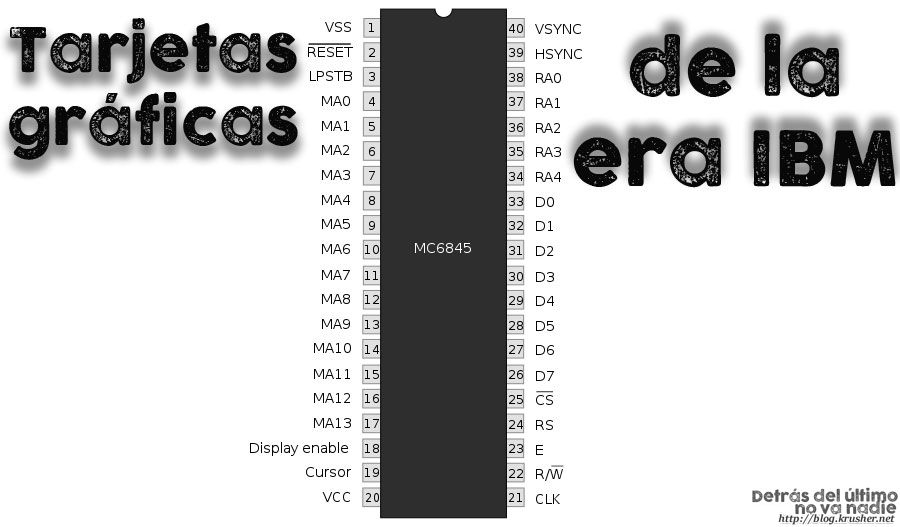Not all computers were created equal. Some were made for education, others for gaming, and IBM PC was designed for business. In 1981, the 5150 was introduced, the first model of what would become the ubiquitous architecture that we have all used. Its sound capabilities were mostly harmless.
However, over time, these computers swept everything aside. During their peak, Macintosh computers were a minority, and both the Amiga and Atari ST faded away. How did they fare in terms of sound to compete with them? It was the era of sound cards for PCs and compatibles.



